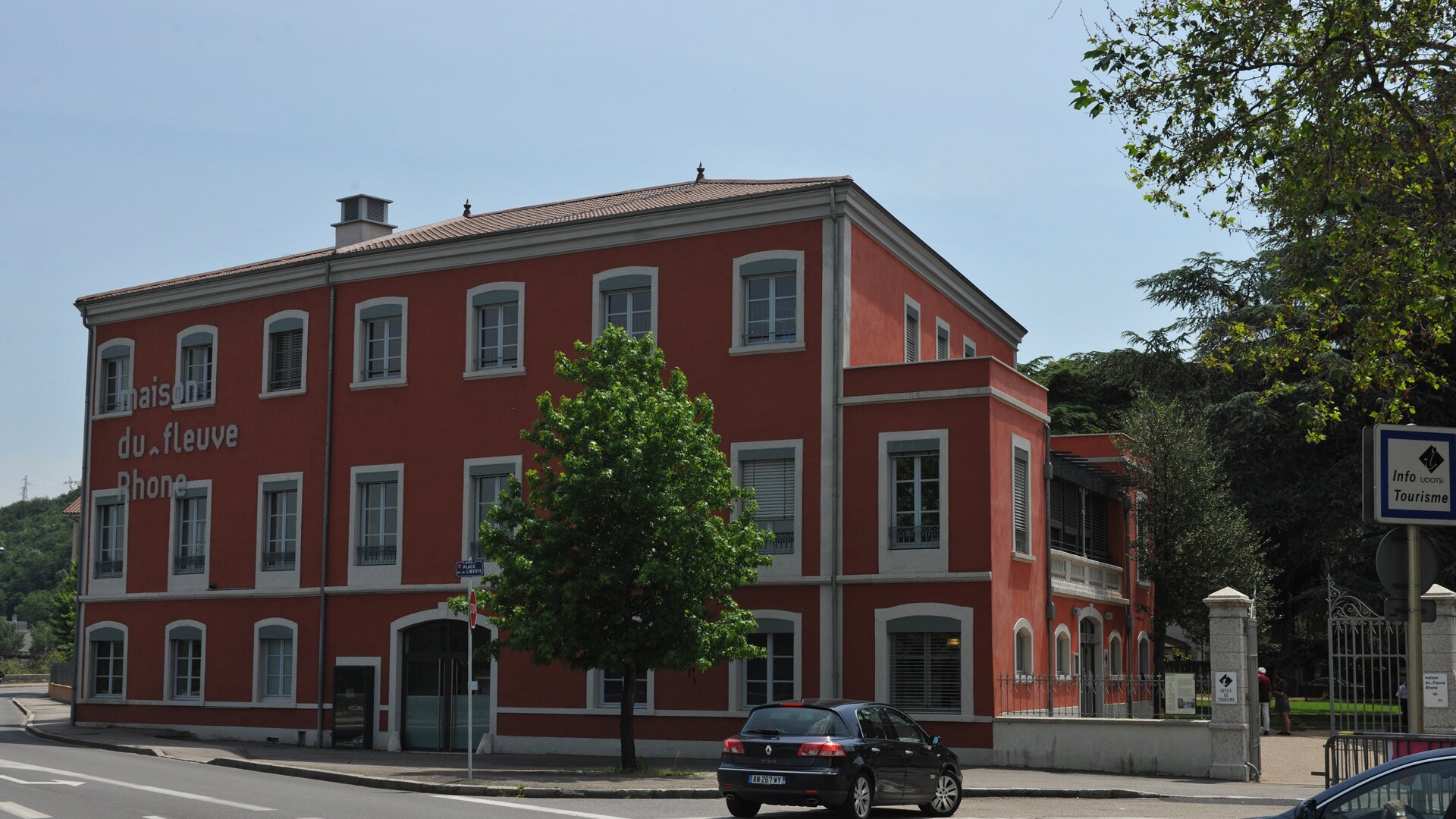En poursuivant votre navigation sans modifier vos paramètres, vous acceptez l'utilisation des cookies pour améliorer le fonctionnement de notre site.
Pour gérer et modifier ces paramètres, cliquez ici.
En poursuivant votre navigation sans modifier vos paramètres, vous acceptez l'utilisation des cookies pour améliorer le fonctionnement de notre site.
Pour gérer et modifier ces paramètres, cliquez ici.

Today, issues of economic development, transportation, planning of major infrastructure must be addressed on a metropolitain scale to better meet the needs of residents. The creation of “poles métropolitains” occurs in a context of metropolization of large urban territories linked to globalization. It is a way to become more visible and attractive in order to be more acknowledged on the scene of major European cities.
This is the reason why the cities of Lyon, Saint Etienne, Bourgoin-Jallieu and Vienne have created a “pole métropolitain” to ease the implementation of joint policies on the metropolitan area in the fields of economics, culture, town planning and transportation.
The set up of a “pole métropolitain” - a legal form created by the law of the 16th of December 2012 - is the final stage of an institutional cooperation initiated several years ago between the Grand Lyon, Saint-Etienne Metropole, CAPI Porte de l'Isère and ViennAgglo. It was officially formed on the 16th of April 2012.
The “Pole métropolitain” is active in the following fields: